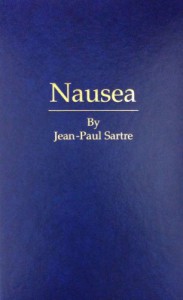

Some Waterstones locations, like tiny Southwold Books in Suffolk, aren’t called Waterstones.

“He’s essentially created a series of independent bookstores,” said Tom Weldon, the chief executive of Penguin Random House Books U.K., “with the buying power of a chain.” And store managers have been given plenty of leeway to transform their shops into places that feel personally curated and decidedly uncorporate. The changes have filled Waterstones’ 289 shops, mostly in Britain, with books that customers actually want to buy, as opposed to the ones that publishers are eager to sell. Daunt steered Waterstones out of a death spiral by rethinking every cranny of the company, from small (those shelves) to large (the business model). A soft-spoken 55-year-old with a puckish smile and iron resolve, Mr. Daunt is talking about Waterstones, Britain’s largest bookstore chain, which he began to run in 2011, when it was on the verge of bankruptcy.

“These are my stores, so I went with three degrees.” Daunt said, grinning to acknowledge just how wonky this discussion was. I prioritized the condition of the book,” Mr. But the spine of a book starts to bend, ever so slightly. Yes, the cover of a book catches a bit more light, and attention, if tilted at four degrees, especially on shelves below eye level. His opponent was an Italian showroom designer who argued, in a series of otherwise congenial meals in some of London’s best restaurants, that the shelf should be tilted four degrees. James Daunt, the man who will soon try to revive Barnes & Noble, once spent weeks in a noisy, arm-waving debate about the ideal angle of tilt for bookstore shelving.


 0 kommentar(er)
0 kommentar(er)
